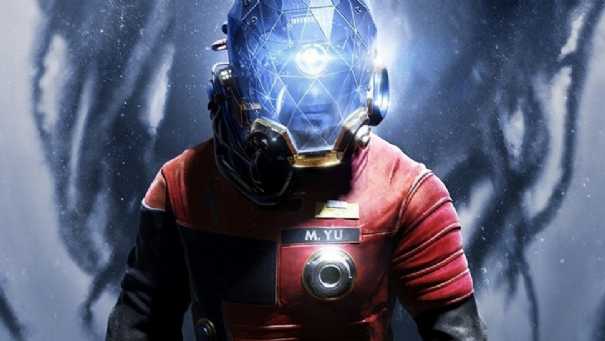The depths of space embrace the Talos-1 space station, a huge complex near the moon that deals with Typhon’s study, evanescent, shadowy alien beings, which could, however, allow humanity to make a further leap in technology and physical; the climb of a new step towards the perfection of the species.
The narrative plot of Preyis very stereotyped in the sci-fi genre of video games but not only: an ambiguous and menacing scientific complex, a disoriented protagonist and a concrete threat as impalpable.
This seemingly redundant story, however, becomes unique when immersed in a video game like Prey; one of those games that does not underestimate anyone who sits in front of the screen to interact with it, but rather stimulates it constantly, imbibing it with never too obvious suggestions and tapping it in the exploration not only of Talos-1, but also of the story itself. Because Prey has succeeded mainly from the point of view of gameplay, it is also in the narrative construction: a river with a thousand tributaries, a summit to climb and many trails to get there.
Talos-1, where losing is history
Interacting to a game like this new Arkane Studios production is not easy: the first few hours will send us almost a sense of loss and little confidence with the title. The reality is that the more we enter the forest of events than these will be credible and will develop around them a microcosm of activities that will soon become indispensable.
Because if Prey’s main quest runs on clear and smooth tracks, the secondary quest system is a pearl that deserves to be analyzed. Let’s start with a fundamental point for this particular type of narrative: there is no loot in Prey, or rather not as we mean it.
No end-of-mission rewards or experience points: this has allowed some freedom in development, so that all the secondary activities of Prey they are based on the articulation and derision of some of the themes just sketched in the main story: saving a survivor, recovering a project, killing a hostile crew member, and many more. It is crucial to make them as much as possible, simply because Prey is a choice game of white or black, half full or half empty glass.
To know perfection, the entire context becomes overwhelming for any choice that we assure you will have a specific weight well-defined at the end of the game. It does not tease the player then, we said it open: to understand this, you have to finish the game and be that kind of sick player of exploration. What I mean? Take a look at the Talos-1 Command Bridge, the answer is there.
Prey, on the other hand, changes things: it depends entirely on us, our will and our curiosity. In this sense, Talos-1’s parallel activity useful to become fully part of history has been a brilliant choice, as well as that of enclosing in audio file documents as many important aspects of the narrative universe (although this is a used and abused practice already for some time).
In short, Prey is one of those titles to play, for a variety of factors: gameplay in the first place, but also for how you choose to tell its story and, above all, to the high consideration it has of us players.

